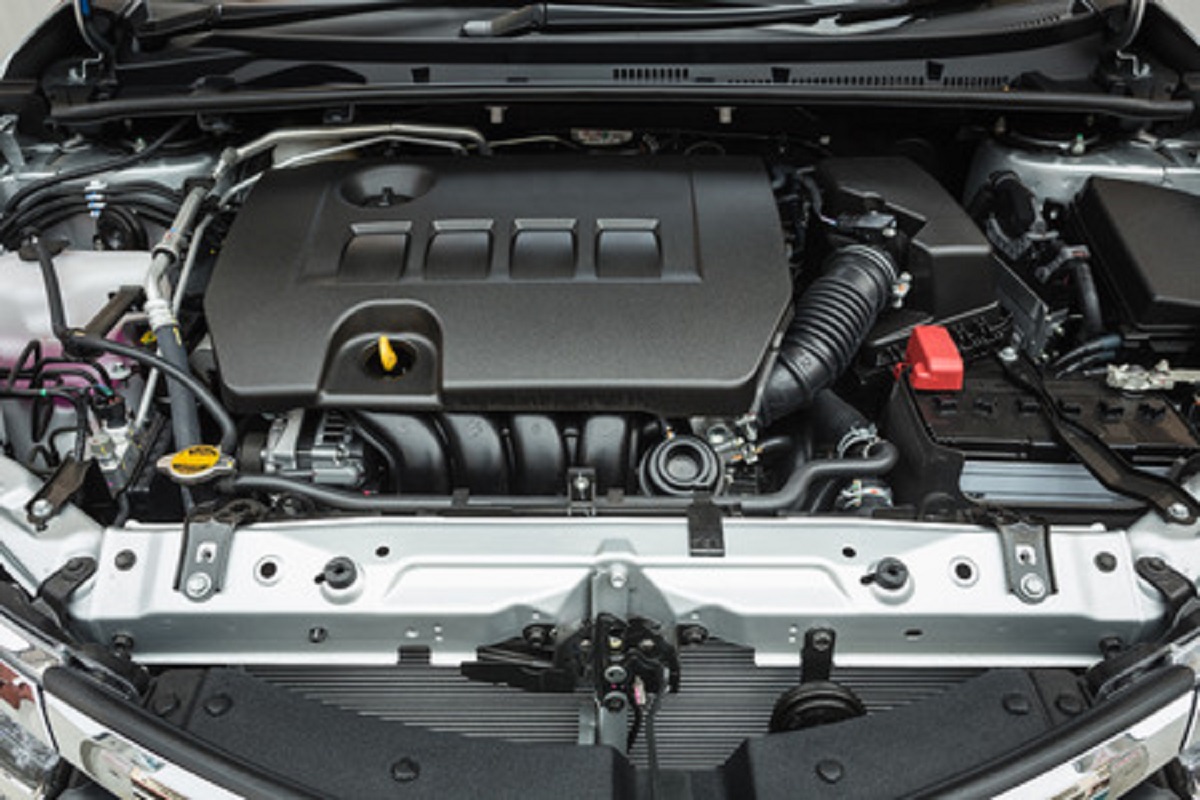Admittedly, not every driver wants to be a car enthusiast, and not every car owner wants to handle their own repairs, preferring instead to let more experienced hands take care of it. At the same time, it never hurts to have a working knowledge of how your car works, especially considering this can help drivers identify potential problems early before they cause even costlier problems. One crucial piece of a car that most drivers likely do not know is the solenoid.
Defining Solenoid
The general term “solenoid” refers to a coil of wire that is utilized as an electromagnet as well as any device that can convert electrical energy into mechanical energy. A solenoid produces a magnetic field from electrical currents and then uses that magnetic field to generate linear motion. A typical application of solenoids is powering a switch, such as a car’s starter motor. As can be guessed, a car’s starter motor starts the car’s engine, but it’s the solenoid that starts the starter, with the two devices being attached to each other in most automobiles.
How Solenoids Work
When it has started, is running correctly, and has a steady fuel supply, a car’s internal combustion engine will continually run by itself due to the inertia from its moving parts. Even so, to get the inertia going to begin with, getting the engine started is its own process. That job belongs to the starting system, the main components for which include the starter motor, the battery, the starter switch, and the solenoid.
Starting the Engine: First Action
To start an engine, both a stronger and weaker electrical current are involved. Once activated, often by turning the key in the ignition switch, the weaker electrical current moves through the starter switch and into the solenoid. The current then forces two contacts to meet within the solenoid, allowing the stronger electrical current to move through the two solenoid contacts. These solenoid contacts hold a current, which calls for heavy wiring cables straight out of the battery—the current is heavy enough that sending it through a hand-operated switching mechanism wouldn’t be wise. This warrants the need for the weaker electrical current coming through the ignition switch.
The stronger electrical current moves to the starter motor and initiates two different actions—it activates a lever that forces a small gear out on a spring shaft. Once extended, this gear (pinion) encounters a jagged gear (starter ring gear) on the outward edge of a big flywheel at the end of your engine’s drive shaft.
Starting the Engine: Second Action
The second action, as the stronger electrical current moves to the starter motor, is the motor’s central shaft beginning to rotate. This happens because the electrical current is interacting with the magnetic field within the starter motor, transforming the electrical energy into mechanical energy and causing the rotor on the central shaft to start turning.
Once this turning action has reached the motor’s intended speed, the pinion at the shaft’s end has since engaged the flywheel’s ring gear. The engine starts running by itself, and the starter motor’s safety features separate the pinion and the ring gear. The spring shaft then safely brings the pinion to its original resting site—with that, the starting mechanism is complete.
Think you or someone you know is in need of Behind the Wheel Training? Training Wheels is a Longport driving school specializing in teaching new teen drivers how to stay safe on the road. For more information on our lessons, please click here.
Copyright: phanuwatnandee / 123RF Stock Photo

